For their successful, good life Information you really need: Government-funded publisher, awarded the Global Business Award as Publisher of the Year: Books, Shops, eCourses, data-driven AI-Services. Print and online publications as well as the latest technology go hand in hand - with over 20 years of experience, partners like this Federal Ministry of Education, customers like Samsung, DELL, Telekom or universities. behind it Simone Janson, German Top 10 blogger, referenced in ARD, FAZ, ZEIT, WELT, Wikipedia.
Disclosure & Copyright: Images created as part of a free collaboration with Shutterstock. Text originally from: "The Career Driver's License: Success Tips for Everyone Who Starts Working" (2011), published by Campus Verlag, reprinted with the kind permission of the publisher.
Free PR & Marketing in 10 steps: Write & format press releases
From Professor Dr. Martin-Niels Däfler (More) • Last updated on October 16.10.2023, XNUMX • First published on 19.07.2015/XNUMX/XNUMX • So far 5856 readers, 1456 social media shares Likes & Reviews (5 / 5) • Read & write comments
Press releases should appeal to journalists, something about her Companys to write. In large companies they are the responsibility of the press departments, in small companies you sometimes have to do it yourself Hand create, which also means technical effort. What's the best way?

- Content of the press release
- Construction
- formalities
- Language and style
- Step 1: Check whether you have a message core
- Step 2: Check if a press release is the correct format
- Step 3: Create a press distribution list
- Step 4: Enter the heading (s)
- Step 5: compose the "head"
- Step 6: compose the "body"
- Step 7: compose the "foot"
- Step 8: Add photos if necessary
- Step 9: Work quotes
- Step 10: Check and send your text
- Top books on the subject
- Read text as PDF
- Advice on success, goal achievement or marketing
- Book eCourse on Demand
- Skate eBook as desired
Content of the press release
Press releases are (short) written communications to the press, whose publication as an editorial contribution is desired in a newspaper, radio or television. They are an offer of information to the editors, which decides freely about change and imprint.
As a Employees in large institutes/companies you will probably not find yourself in the situation of having to write a press release. However, if you work in the press department, you will definitely find the following information useful.
Construction
The books on the subject (advertising)
In the first steps, we deal exclusively with the specifics of press releases, first with the specifics of the content: the readers want to read the newspaper or listen to the radio fast inform. Specifically, this means: Press releases are not epic statements, but short (!) Texts.
There is no classic structure with an introduction, main part and conclusion. Rather, the most important statement comes first - you are practically “in the doorstep”. A press release should be shortenable from the end. That means: the less important one Information is, the further back in the text it is mentioned. The length of the press release has no influence on the likelihood of it being printed.
formalities
In addition, press releases also have some formal peculiarities:
- Their maximum length should be two pages (with about 30 lines per page).
- The text of a press release does not know “Mr.” or “Ms.”, but only first and last name, whereby the first name is only mentioned at the first mention, after that you only write the last name (“Schmitt held out that ...”) .
- Similarly, positions, functions or qualifications of persons are only mentioned once.
- Current dates are not mentioned in the entire press release.
- Abbreviations should be avoided (or explained at least once), as well as highlighting and capital letters.
- In press releases silage separation is not welcome.
- The naming of lines, stops, and characters is obsolete.
- Write left-aligned and use Flatter set. Set an 1,5 line spacing and free a wide margin (circa 5 to 6 centimeters), that is, short lines (circa 60 strokes).
Language and style
Discounts for your success (advertising)!
There are also some linguistic features:
- A press release should be written in such a way that it could be published without modification (as if it had been written by a journalist). One writes about his institute / company thus in the third person singular and not in the first person plural.
- Press releases may not contain any advertising or commentaries.
- Simply formulate; ingenious originality is not expected and also not appreciated. So use simple and short sentences.
- For the Tempus: Select the present form, if it is still valid, otherwise you should choose the perfect (second past) in the first sentence and then write it in the imperfect (first past).
Step 1: Check whether you have a message core
Think of the readers – after all, the editors mainly print press releases if they are of interest to their readers. So change it Perspektive and don't ask "What do we have to say?" but rather "What is the reader interested in?"
Imagine the following Ask, and only if you can answer “yes” at least once do you have a real message core:
- Is the information new?
- Does the information affect many people?
- Is the information relevant to the target audience or region in which the medium appears?
- Are the consequences of the information sufficient for the readers?
Step 2: Check if a press release is the correct format
You have already encountered this step with other text formats. A press release is not always the best way to get your message to transmit. The following Alternatives could also be relevant:
- For short messages: Think about whether you might just send a picture with a short text.
- If there are several (independent) longer messages: Consider organizing a press conference, if applicable.
- For many numbers (for example, annual report): Think about whether or not you would like to create an (additional) fact sheet. But no numerical cemetery!
Consider whether to place a press release Conversation with the editors would be more appropriate.
Step 3: Create a press distribution list
If you have a press release for d, even if many companies slowly blog, twitter and facebook can Communication take over and technical tools are becoming increasingly important - the classic press release is far from obsolete. Small companies in particular should not forego contacting journalists directly.
This is how it works: Keep the right format, then define the target group: Is it aimed at the general public or, for example, just at customers or user? Then select target group-related media, i.e.:
Decide which titles best reach your target audience (s). Among other things, you can see that in the media data, which shows which edition and which (regional) distribution the selected titles have
Step 4: Enter the heading (s)
The task of the headline is to make the journalist or editor curious or to offer him a reading incentive. It should be short and precise (30 to 40 attacks) and address the central message.
It is best to include the verb with a verb; eliminate specific and indefinite items you can delete. However, headings are usually reworded by the editors. You also have the option of transporting additional material information with a sub-heading. A sub-heading should also include a verb.
Step 5: compose the "head"
Of the "Head” consists of place and date as well as the so-called “lead”. The date should correspond to the day of sending. It is usually written alphanumerically (i.e.: November 27), the year is omitted.
The “lead” is a summary at the beginning of the press release. It contains the central statement or information on the topic and names the source ("... tells XY GmbH ..."). The lead should not be longer than three sentences.
Step 6: compose the "body"
In the body - the main part - detailed information is given and answers to the “W questions” are given:
- Who?
- What?
- When?
- Where?
- How?
- Why?
- With what?
- How long?
As for sure have often had to experience for themselves, long, meaningless texts are not a pleasure to read. Therefore, omit all formal expressions forms For example, when making a speech, don't say “The board spoke the topic Finance on”, but “The board announced that…”.
Greetings are also irrelevant if nothing else was communicated, except: "Nice to have you here." You should not mention such speeches in your press release. This also applies to speeches in which a speaker simply says thank you and says nothing else.
Step 7: compose the "foot"
The footer of a press release contains (additional) service information, information about the company or sender ("footer") and the contact details of the press officer. In the service information, you should include any entry fees for events or Costs be sure to specify for brochures.
The name of the venue is clearly indicated by street, house number and town. For appointments, you should supplement the day of the week.
Step 8: Add photos if necessary
Photos can be a very welcome and informative addition to your press release. A few points you should keep in mind:
- Photos are usually digitally provided today and should have a resolution of at least 300 dpi.
- Give each photo a caption; this should explain who or what is on the picture. Record the first and last names of the displayed items from left to right. Also mention the functions of the persons and the occasion of the recording.
- Take pictures of people and not things; do not use models and do not take pictures, but show “real life”. But beware: For press law reasons, ask people for permission beforehand!
Step 9: Work quotes
Quotations are a stylistic means to make press releases interesting and varied - but boring is also not a more quirky quote.
A quote is valid when it conveys something that only the person or the institution they represent can provide, such as a Opinions or evaluation, experiences, intentions or projections.
Step 10: Check and send your text
Also for a press release applies at the end of course: correct! Check the correctness of content, formalities, spelling and quotations.
And: then release the press release from the supervisor or supervisor.
Top books on the subject
Read text as PDF
Acquire this text as a PDF (only for own use without passing it on according to Terms and conditions): Please send us one after purchase eMail with the desired title supportberufebilder.de, we will then send the PDF to you immediately. You can also purchase text series.
4,99€Buy
Advice on success, goal achievement or marketing
You have questions about Career, Recruiting, personal development or increasing reach? Our AI consultant will help you for 5 euros a month – free for book buyers. We offer special ones for other topics IT services
5,00€ / per month Book
Book eCourse on Demand
Up to 30 lessons with 4 learning tasks each + final lesson as a PDF download. Please send us one after purchase eMail with the desired title supportberufebilder.de. Alternatively, we would be happy to put your course together for you or offer you a personal, regular one eMail-Course - all further information!
29,99€Buy
Skate eBook as desired
If our store does not offer you your desired topic: We will be happy to put together a book according to your wishes and deliver it in a format of yours Choice. Please sign us after purchase supportberufebilder.de
79,99€Buy
Here writes for you
 Prof. Dr. Martin-Niels Däfler teaches at the University of Economics and Management (FOM) in Frankfurt am Main. Dafler, born in 1969, studied business administration and has been working as an independent communications and marketing consultant and trainer ever since - his clients include both large and medium-sized companies as well as numerous associations and academies. Since the beginning of 2010 he has been a lecturer at the University of Economics and Management (FOM) in Frankfurt am Main. His publications include “The career driver's license - tips for success for everyone who starts working”. All texts from Professor Dr. Martin-Niels Däfler.
Prof. Dr. Martin-Niels Däfler teaches at the University of Economics and Management (FOM) in Frankfurt am Main. Dafler, born in 1969, studied business administration and has been working as an independent communications and marketing consultant and trainer ever since - his clients include both large and medium-sized companies as well as numerous associations and academies. Since the beginning of 2010 he has been a lecturer at the University of Economics and Management (FOM) in Frankfurt am Main. His publications include “The career driver's license - tips for success for everyone who starts working”. All texts from Professor Dr. Martin-Niels Däfler.
3 Responses to “Free PR & Marketing in 10 Steps: Write & Format Press Releases”
-
A nice article with an even better boilerplate. :) Is something to look for our press texts.
Many many thanks,
Tanja Handl of TimeTac -
Worth reading! RT @Jobcollege Write a press release in 10 steps; Part 3 via @MNDaefler
-
The career driver's license: Write a press release in 10 steps - Part 3: Press release ...

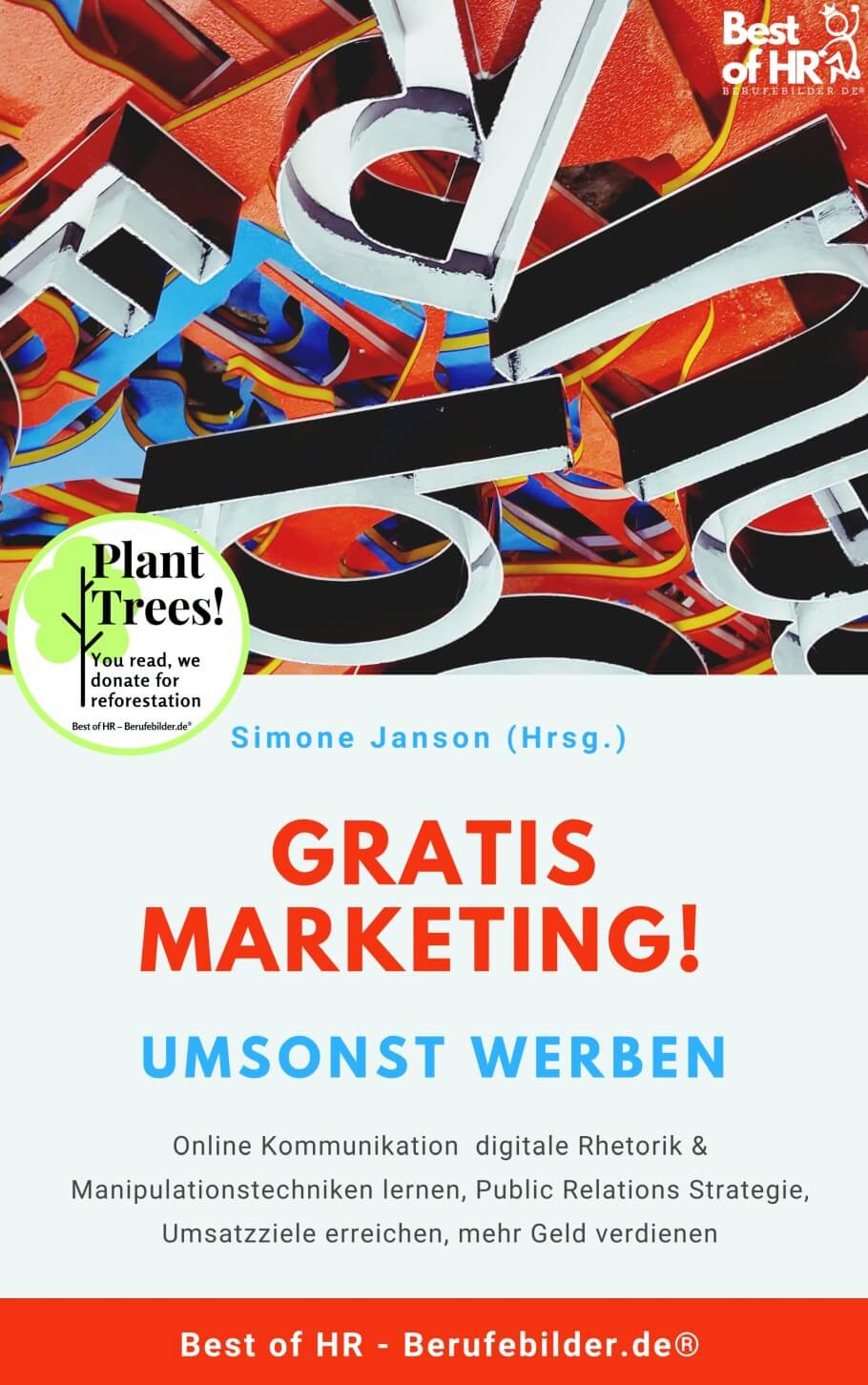



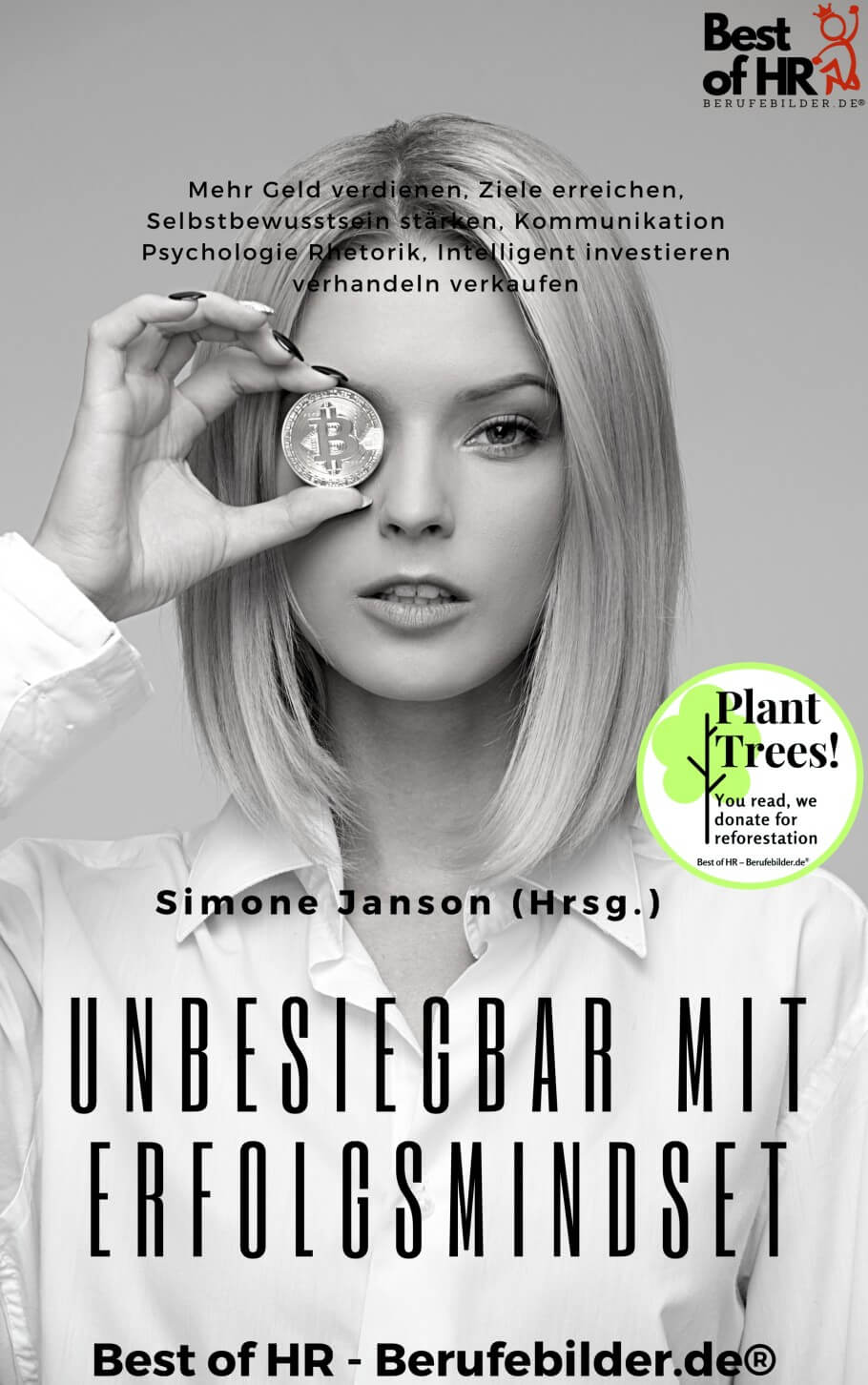
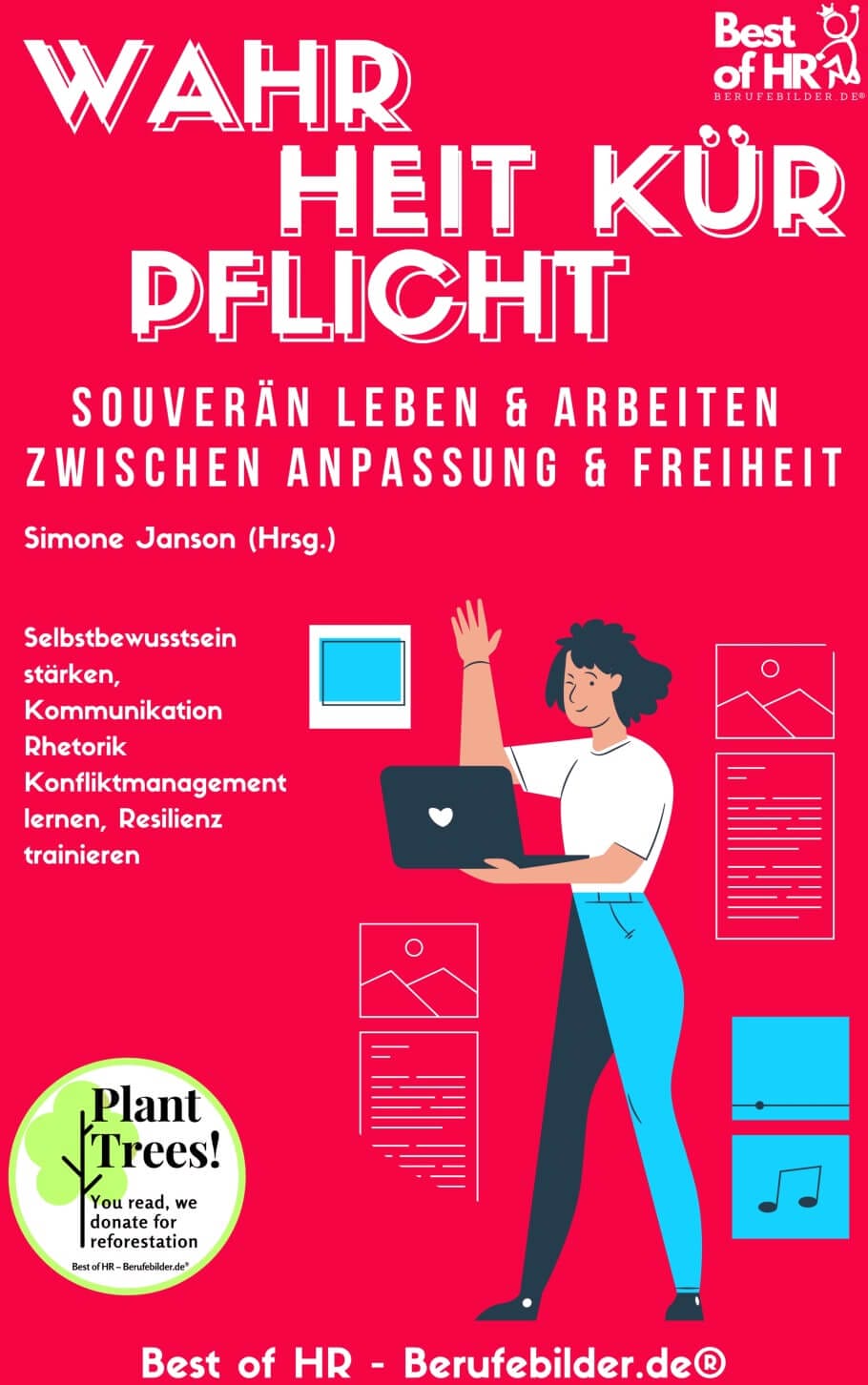







![Power & Communication between Men & Women: Field Studies on the Playing Field [+2 Checklists] Power & Communication between Men & Women: Field Studies on the Playing Field [+2 Checklists]](https://e68zy2pxt2x.exactdn.com/wp-content/uploads/2021/macht-kommunikation-maenner-frauen.jpg?strip=all&lossy=1&ssl=1)

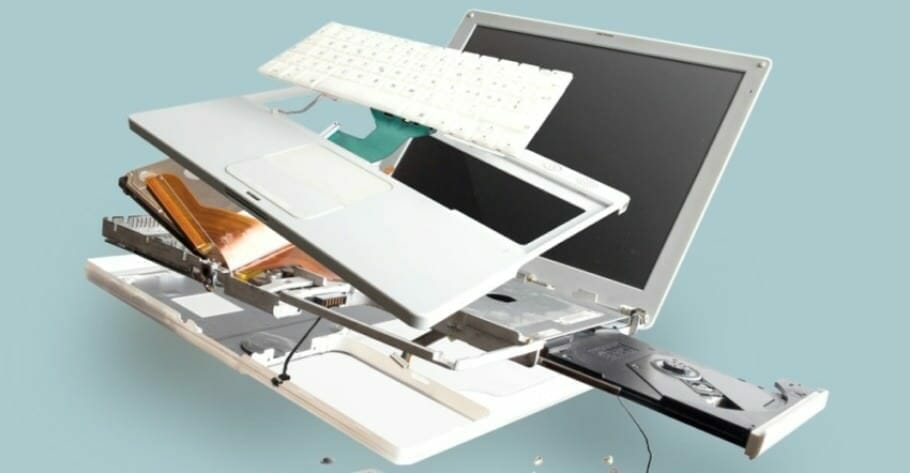
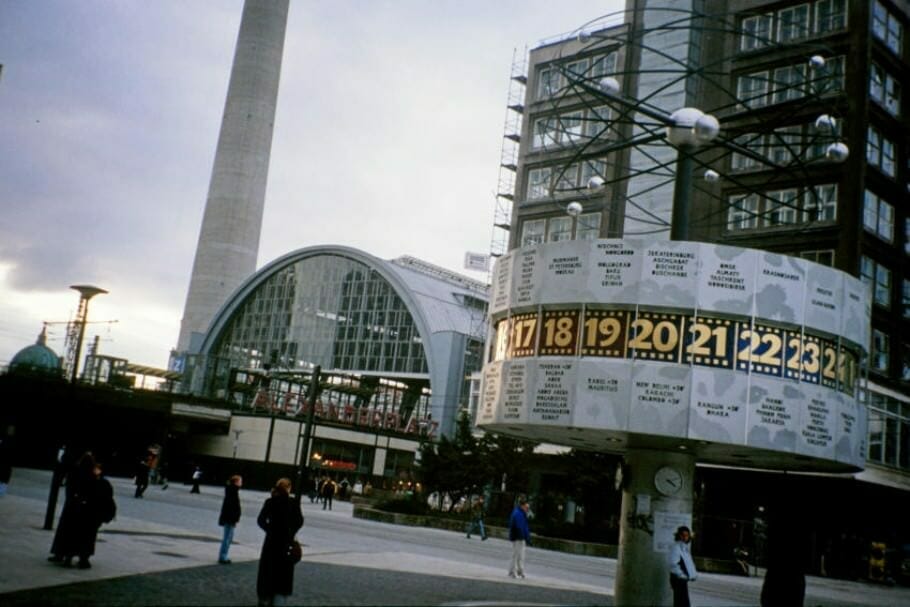

Post a Comment